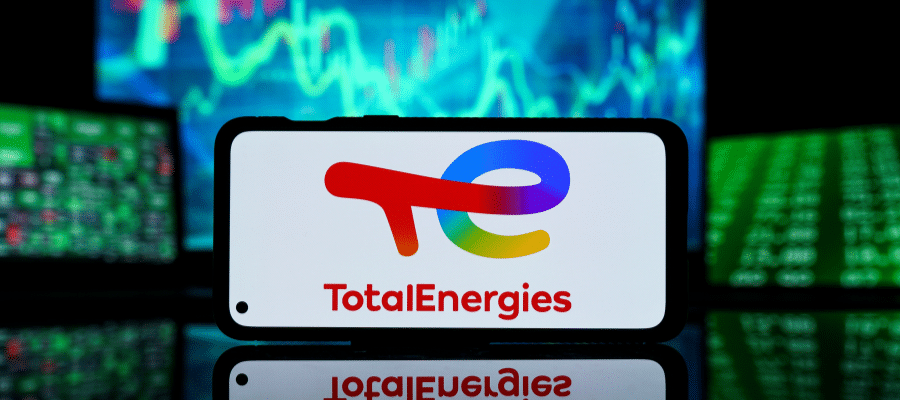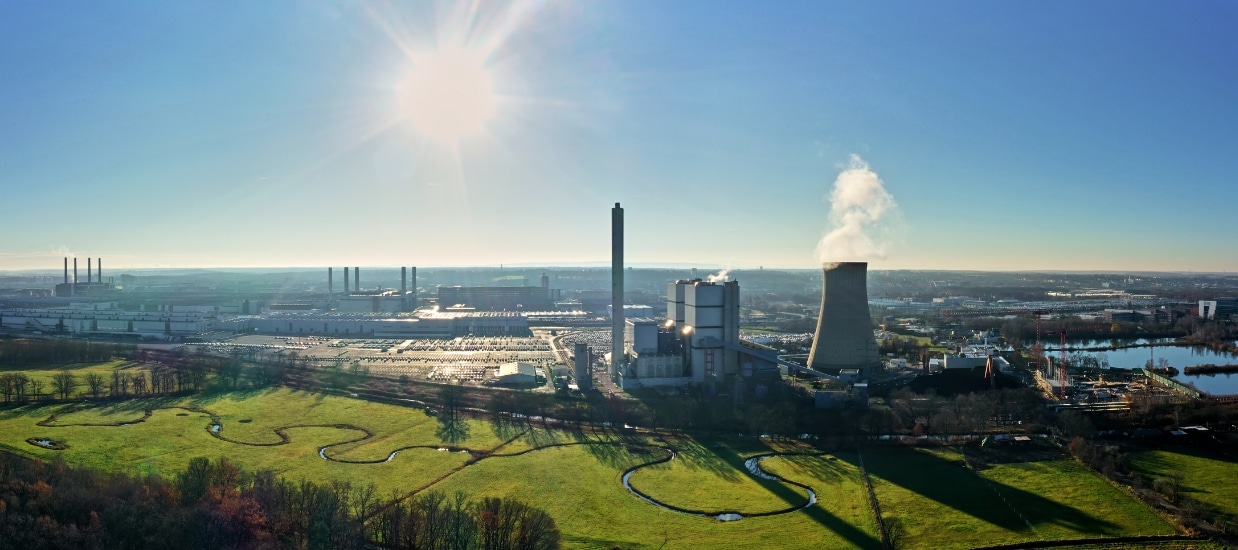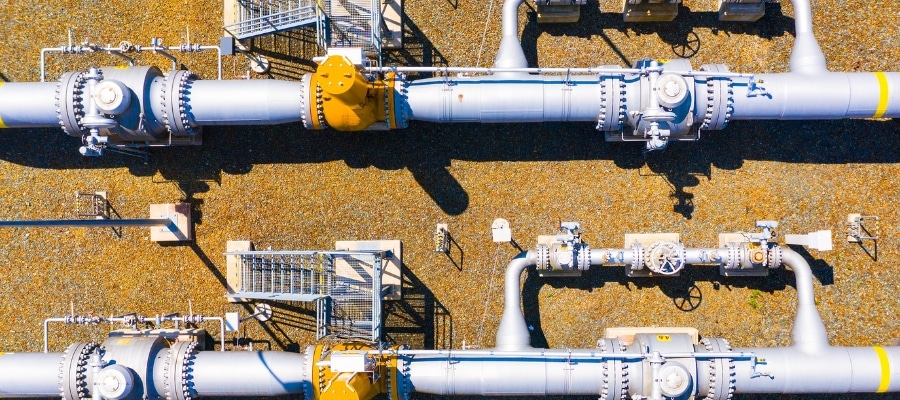Succeeding in the energy transition, to limit global warming to 1.5°C, requires the simultaneous activation by banks of two levers: phasing out fossil fuels and massively supporting the deployment of a sustainable energy system. French banks are far from meeting the first imperative, with more than $47 billion of financing in 2022 to the 100 companies that most develop new fossil fuel projects [1]. Their commitments regarding the transition sectors, and in particular the deployment of a sustainable energy sector, remain less known. Reclaim Finance takes stock of those as the largest French banks are preparing to hold their General Assemblies [2].
A clear trajectory for the energy transition
The International Energy Agency (IEA) projects a trajectory in its Net-Zero Emission (NZE) scenario to achieve carbon neutrality by 2050 [3]. This trajectory is based on a doubling of annual investments in the energy sector by 2030. More specifically, it involves a 3.2-fold increase in investment in the energy transition (electricity production and distribution, energy efficiency and end-use transformation), and a decrease in financing for fossil fuels with an immediate end to expansion.
This target implies that by 2030, for every dollar invested in fossil fuel, 5 dollars are invested in the production and distribution of “clean energy” (mainly solar and wind), i.e. a ratio of 5:1.
If the notion of “clean” energy and its perimeter as defined by the IEA raises questions, it is nevertheless essential to maintain the NZE trajectory applied to a perimeter refocused on truly sustainable solutions. Indeed, a compliance with this scenario offers a probability of limiting global warming to 1.5°C of 50% in 2050. We believe that this same trajectory will increase our chances of success if it focuses on a perimeter limited to credible solutions for a fair and sustainable transition.
Unclear perimeters
“Clean”, “low carbon”, “renewable” energy… Each ban uses its own wording, or alternates between them. Renewables are listed alongside low-carbon, a category that often hides activities such as gas-fired power generation. Two banks go so far as to include waste-to-energy in their perimeter of transition financing [4]. This makes it difficult to understand, especially as the details of the activities covered by each formulation are rarely publicly specified. As a result, it is even more difficult to assess efforts or make comparison.
On thing is certain, banks have identified the risks associated with certain non-fossil energies, as evidenced by their policies on hydropower. But the same cannot be said of biomass. This is a highly problematic source of energy, and one that has been criticised for its impacts on ecosystems, health, and the climate [5]. Replacing coal with biomass is also a bad option as biomass can emit more CO2 than coal [6].
For Reclaim Finance, while it is important to agree on targets for financing truly sustainale activities, thus excluding activities with significant social, climate and environmental impacts, it is also important to ensure transparency on the perimeters and the definitions.
Finally, financing sustainable energy production alone is not enough. Upgrading the network (distribution and storage) is central to the penetration of variable and decentralised sources. Renovation, extension, and densification of electricity grids as well as their flexibilization (thanks to storage) should mobilise almost half of the financing for the transition by 2050 [7].
Insufficient targets
Beyond the challenge of defining the scope, i.e. what is financed in the name of the commitment to the energy transition, it is also necessary for the banks to specify how these commitments materialise in their activity.
Although the French banks all refer to IEA’s NZE scenario, their targets are still far from being consistent with this scenario. Their commitments are still fragmented, very unclear and insufficient.
|
As part of its commitments to the energy transition, the bank has decided to… |
BNP Paribas | Crédit Agricole | Société Générale | BPCE/ Natixis |
|---|---|---|---|---|
|
Define a transparent scope of energies and solutions financed? |
No | No | No | No |
|
This scope excludes false solutions or unsustainable energy? |
No | No | No | No |
|
Refer to the IEA and NZE scenario in communicating its commitments? |
Yes | Yes | Yes | Yes |
|
Commit to achieving the 5:1 ratio by 2030, in line with NZE’s trajectory? |
No | No | No | No |
|
Set a target of dedicated funding for energy supply? |
Yes | Yes | No | Yes |
| …aligned with IEA’s NZE trajectory? | No | No | No | No |
|
Set an objective of developing energy production capacities? |
No | Yes | No | No |
| …aligned with IEA’s NZE trajectory? | No | No | No | No |
Reclaim Finance calls on French banks to move from words to action. To fully meet the challenges of the energy transition, they must urgently complete their sectoral policies and must at least:
- Define a transparent and credible sustainable energy supply perimeter [8] (including energy production and distribution),
- Commit to achieving a 5:1 ratio between their financing on this sustainable perimeter and fossil fuels by 2030, in line with IEA’s projections,
- Ensure the materialisation of this financing by setting a target for the development of sustainable energy production capacity in line with IEA’s projections, i.e. a fourfold increase in installed capacity per year by 2030.
French banks still massively support fossil fuels and allocate insufficient amounts to the transition sectors to align with IEA’s NZE scenario. Behind the ambitious speeches, BNP Paribas, Crédit Agricole, Société Générale and BPCE/Natixis have not even defined a clear and coherent perimeter for their financing of the energy transition. The way forward is clear: banks must radically change now by tripling their financing for the energy transition [9] by 2030 while reducing their financing to fossil fuels. The forthcoming general assembly provide a perfect opportunity for them to make such commitments publicly.



